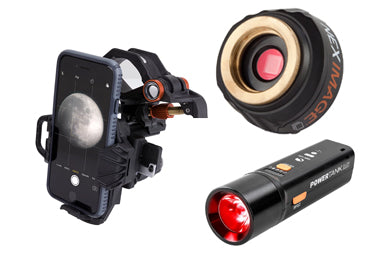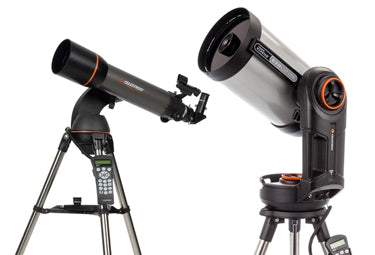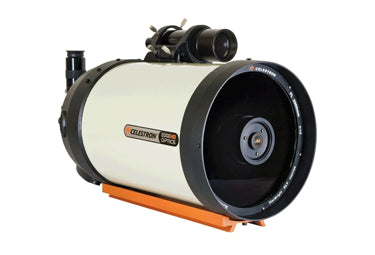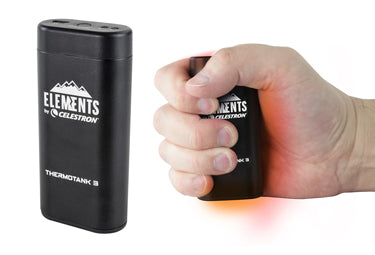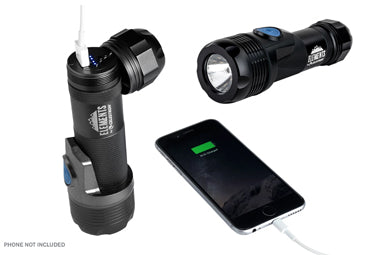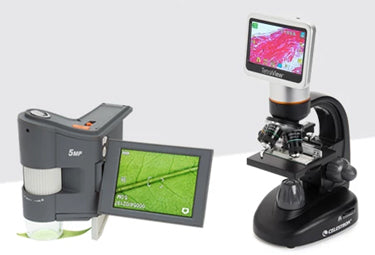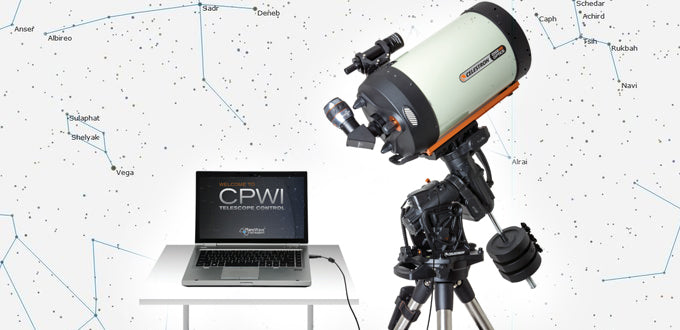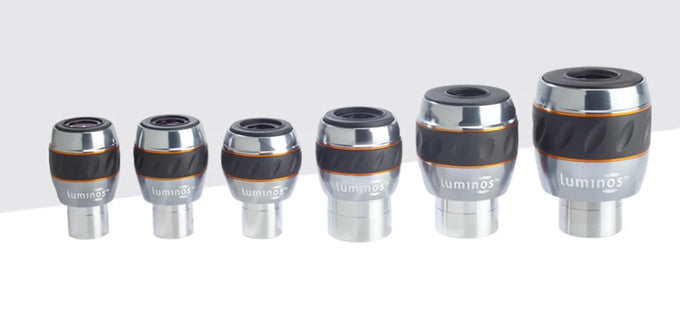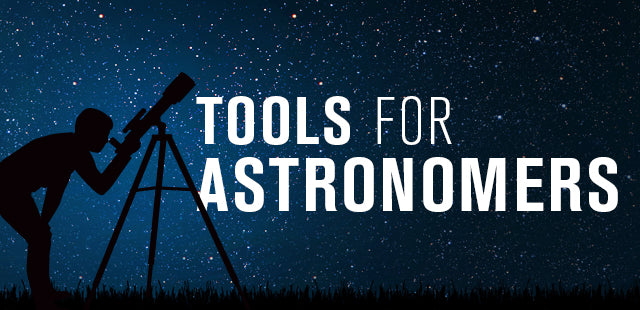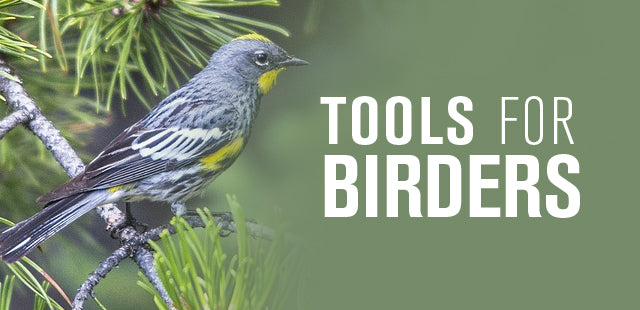Perseid Meteor Shower Guide
August 3, 2021

Have you ever made a wish upon a falling star? Many of us have heard this famous phrase since childhood. Like Jiminy Cricket in Pinocchio, the innocent dreamers within us may have believed that a falling star could conjure up forces to make our wishes come true, but only if we made our wish before the "star" vanished from sight. And although the power of falling stars is a myth, many people have reported that their wishes did come true.
Falling stars, also known as "shooting stars," have mesmerized stargazers for centuries. They are not actually stars but streaks of light that appear suddenly anywhere in the night sky. Falling stars are made of bits of dust and rock called meteoroids. When this material enters Earth's atmosphere at tens of thousands of miles per hour, it immediately burns up. Astronomers call the blazing material streaking across the sky a meteor. Most are faint and last for less than a second, while some "fireballs" can light up the sky (magnitude -4) and last for several seconds. You can observe meteors on any night, but you’ll have the best chance on a moonless night, far away from city lights.
Several times during the year and throughout several nights, Earth encounters swarms of many meteoroids at once, called meteor showers. These showers occur annually, are predictable, and appear to radiate from the same general sky area.
Each meteor shower is named for the constellation where most of its meteors appear to originate—the Geminids (Gemini), Perseids (Perseus), and so on. When observing a meteor shower, locate its namesake constellation as a good starting point for your observations, but scan areas of the sky nearby.
Meteor showers occur when Earth passes through a trail of interplanetary debris left over from past comets or asteroids making their journeys around the Sun. Some years, meteor showers can put on fine displays of several hundred or more shooting stars per hour, while other years can produce less-than-average shows. However, on rare occasions, some meteor showers can treat us to an incredible display of thousands of shooting stars over a brief period. This outburst is known as a meteor storm. The 1996 Leonids meteor storm produced thousands of shooting stars per minute that fell through the Earth's atmosphere within a brief 15-minute window. Those fortunate to have witnessed this storm likened it to falling rain. So yes, when it rains meteors, it can sometimes pour!
Summer's Best Meteor Shower

The Perseid meteor shower is one of the best-known meteor showers and never fails to put on an excellent show under ideal sky conditions. It has an average rate of 50-75 meteors per hour or more, but occasionally puts on a fantastic show of several hundred per hour. For example, in 1993, the rate topped 300 meteors per hour! Because this shower occurs in mid-summer, it is often widely observed, as many families are on summer break and campgrounds are filled with people, usually in dark skies.
The Perseid meteor shower occurs as the Earth passes through debris left behind from Comet 109P/Swift-Tuttle. It was the first meteor shower linked to a comet. The shower's radiant appears from Perseus' constellation, but they may appear in any part of the sky. Be on the lookout for several high-proportion vapor trails!
The Perseids are usually active from July 14 to September 1. In 2024, it peaks on the night of August 12 and before sunrise on August 13. The Moon will be in a first-quarter phase, 50% illuminated, and set around midnight, so the best time to observe the meteor shower is between midnight and dawn when the sky is dark—the perfect time to sit back and enjoy the spectacle. If you miss the shower’s peak, bright meteors are still visible for several days before and after.
Top 10 Viewing Tips
|
Tip #1
|
Set your alarm clock to wake up around midnight. Bright meteors are often best seen after midnight and into the early morning hours when the radiant is at its highest point. The sky directly overhead faces the same direction Earth travels around the Sun. Earth's orbital speed boosts the rate at which the particles hit the atmosphere, making them burn hotter and, therefore, brighter. So, it is best not to call it quits after an evening of viewing. Stay out past midnight for the best chance at seeing bright meteors. |
| Tip #2 | Look for vapor trails. Some brighter meteors may leave behind a smoky trail or train in their wake that may last for several seconds. Larger debris may create an extremely bright fireball that can light the sky. Such a fireball is called a bolide. |
| Tip #3 | Look for different colors as the meteors streak across the sky. Colors depend on the composition of metals within the meteors and the speed at which they enter the atmosphere. |
| Tip #4 | Many of the best meteor showers occur from August to December, so be prepared to dress warmly (in layers), lay down on a blanket, or use a lawn chair that supports your neck. Believe us; you do not want to tilt your head back for long periods without some form of neck support. And do not forget the bug spray! Mosquitoes can ruin a meteor shower observing session–especially the Perseids, which occur each summer. |
| Tip #5 | Because meteors can appear anywhere over a large swath of sky, using a telescope is fruitless due to its narrow field of view. A binocular can be helpful if you point it in the right section of the sky at the right time. But for best results, use your unaided eyes. Of course, we still recommend bringing your telescope along, though! Take a break from hunting meteors and observe a few of your favorite celestial objects under pristine dark skies. |
| Tip #6 | Plan a trip outside the city so your eyes will be dark-adapted to see more of the fainter meteors. If you observe from the city, give your eyes at least 20 minutes to dark-adapt. |
| Tip #7 | Capture meteor streaks using a DSLR camera with a wide-angle lens attached to a tripod. Leave the camera shutter open for an extended period and see what you can capture. |
| Tip #8 | Count the number of meteors you see for a given period. Because some shooting stars can occur in the blink of an eye, the chances are good that someone else in your viewing party may spot some that you missed. |
| Tip #9 |
Be patient. Do not expect to see shooting stars raining down every few seconds. It may take quite a while before you spot your first meteor. Relax and keep looking up. Your chance of spotting several bright meteors throughout the night is much higher than the person who chooses to stay in bed. |
| Tip #10 | Another rewarding hobby for meteor shower lovers is collecting meteorites– a meteor that survives passage through the Earth's atmosphere and strikes the ground. You can find meteorites at local rock shops or online. Or, if you're adventurous, go with a guide to a remote desert location where meteorites can be found sitting on the surface after a shower. Some of these rocks or metallic balls can be quite large—and billions of years old! |
Final Thoughts
The best way to experience the Perseid meteor shower is to head into a darker rural area far away from light pollution and just lay back and wait for the occasional burst of light. Patience will pay off as you see stars lose their "adhesiveness," fall, and quickly become absorbed by the black sky. Suppose you are lucky to be looking up at the right time. In that case, you might even see a bright, colorful fireball piercing the atmosphere that will elicit loud cheers from fellow meteor shower observers in unison. Nothing is more exciting than being with others who share the same passion and curiosity as you, so do not miss this annual summer stargazing event! Enjoy the show, and remember you have nothing to lose if you wish upon a falling star or two.

